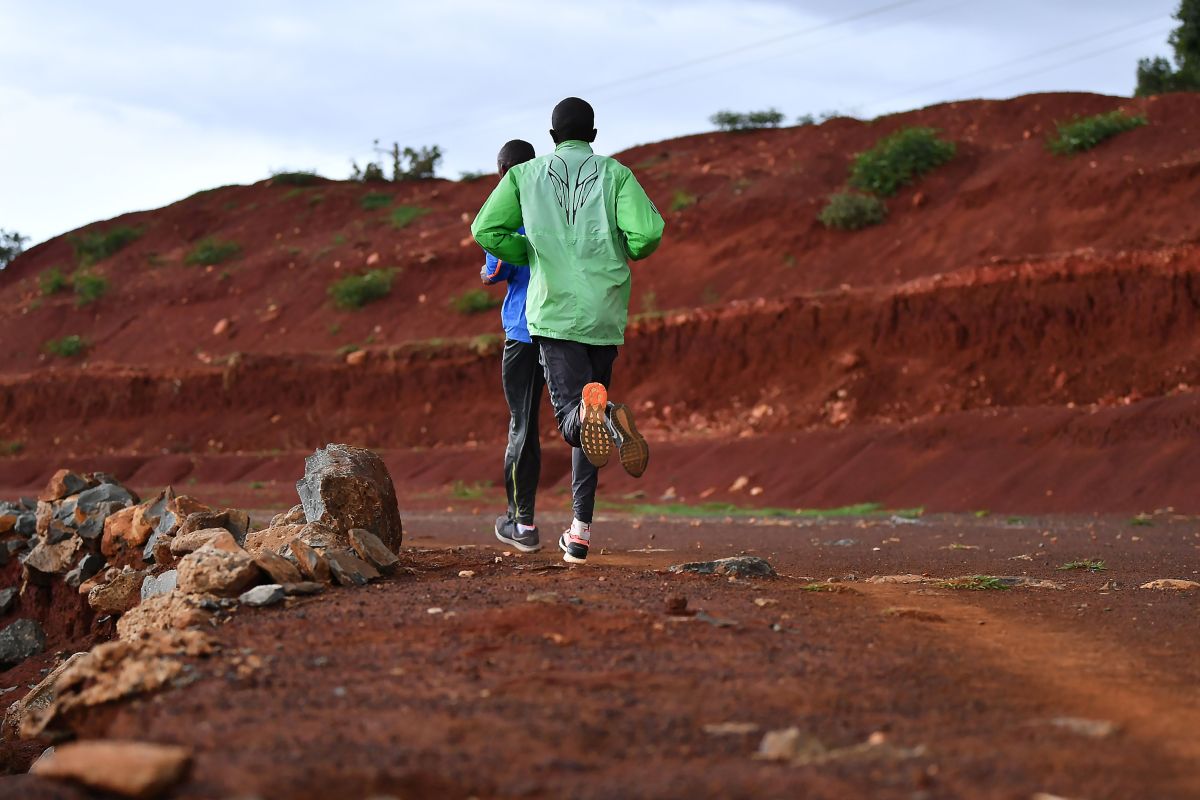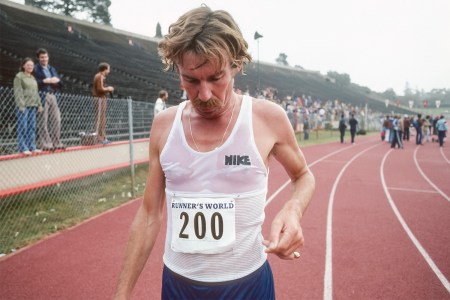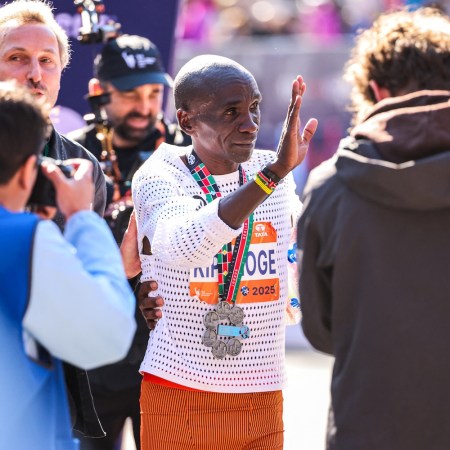Two American long-distance runners, marathoner Nell Rojas and 10K star Natosha Rogers, each elected to elevate their running this year — literally. They joined the Sweat Elite team in Iten, Kenya, a training mecca that sits at 8,000 feet above sea level.
The Rift Valley village is considered “the home of running champions,” according to a recent profile by Women’s Running, having produced or trained dozens of Olympians during the last 50 years. Runners favor Iten for its endless network of red clay terrain, dramatic views, distraction-free living an altitudinal training benefits. And the mecca hasn’t just exported world champions around the world — it’s exported ideas, too, standardizing new takes on how to balance tempo runs with recovery days, or the importance of VO2 max.
Of course, these athletes are the very best of the best who treat running as a full-time job, and the long-distance dreams of 99.9% of the world are minuscule in comparison. But casual runners can still glean some wisdom from the day-to-day regimen at Iten. Here are our top five takeaways.
It’s Never Too Late to Become a Runner. Here’s How.
Looking to get off the couch but no idea where to begin? We’ve got you.Simple Is Best
It’s common for American running clubs to populate track sessions with workouts that look like calculus problems (e.g. 2 X 300 Meter: 70% on 200M; 80% last 100M/ rest 15′). Sometimes, runners know this workout is coming up two or three days in advance, which gives them time to create a pacing plan for getting through it. But it also gives them time to fret about how difficult it’s going to be.
Iten’s weekly rhythm prioritizes simplicity, in both workouts and communication. Runners find out what they’re doing on the day they’re doing it, and whatever they’re doing is usually not that complicated. Fartleks — a Swedish running concept in which a runner alternates easy, continuous mileage with bursts of quick, interval training — are beloved in Iten. Runners might expect to be moving for 50 minutes total, with two minutes “on” and two minutes “off,” over and over and again.
Also in play: hill repeats, long runs in the forest, short runs followed by diagonal strides, 400-meter reps around the track, etc. The benefits come from mixing speeds and the sheer volume of the training.
Everyone Is Elite
If you’re a talented runner and you want to get better, you have to run with other talented runners. There’s no getting around it. That’s why international talent like Rojas and Rogers head to Iten. You’re surrounded by low two-hour marathoners. As Rogers said to Women’s Running: “It’s made me realize that training truly is better together.”
Boston Is Top of Mind
It’s pretty awesome that Kenyan runners have a course they call “Boston,” which they frequent when preparing for what’s arguably one of the top three most prestigious marathons in the world. Like Boston’s hilly, unforgiving 26.2, one of Iten’s courses has rolling hoop-dee-doos that put legs through (a deeply rewarding) agony.
The Rift Valley’s riff on Boston also features difficult terrain that is reportedly “incredibly hard to run fast on.” The American runners compared it to trail running, in that you’re constantly deciding where to place your feet. That probably makes the cement-paved streets of Massachusetts a cakewalk by comparison.
Recovery Is King
You simply cannot run 20 hard laps around a track at 6 a.m., then rip five miles at 4 p.m. without learning how to take care of your body. Iten runners spend their in-between time reading, relaxing and refueling (cornmeal, flatbread, lean meats, fresh fruits and veggies, tea). They follow a similar script each and every day in order to simplify the entire process and eliminate unnecessary decision-making. A routine that predictable ends up demystifying sleep, too, which is obviously critical when you’re training this much.
The Body Is Always Right
But most importantly, for all that mileage and all those hills, these runners know when not to run. If they’re fatigued, ailing or potentially injured, they shut it down. It’s simply not worth it. And there are enough sessions in the calendar that they know they can make it up. Better to skip one afternoon than have to miss out on 50 — god forbid race day, too. No matter your level, that’s a credo we can all take into our training this year.
The Charge will help you move better, think clearer and stay in the game longer. Subscribe to our wellness newsletter today.




















